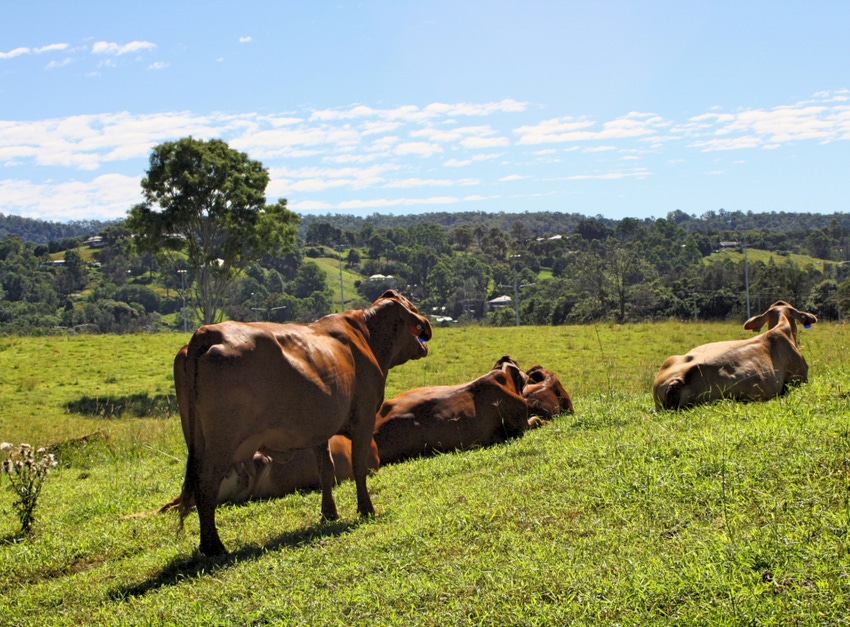Subscribe to Our Newsletters
Feedstuffs is the news source for animal agriculture
While total amount of water required to produce 1 kg of Canadian beef decreased 17% over 30-year period, decrease in blue water was even more pronounced.

You May Also Like